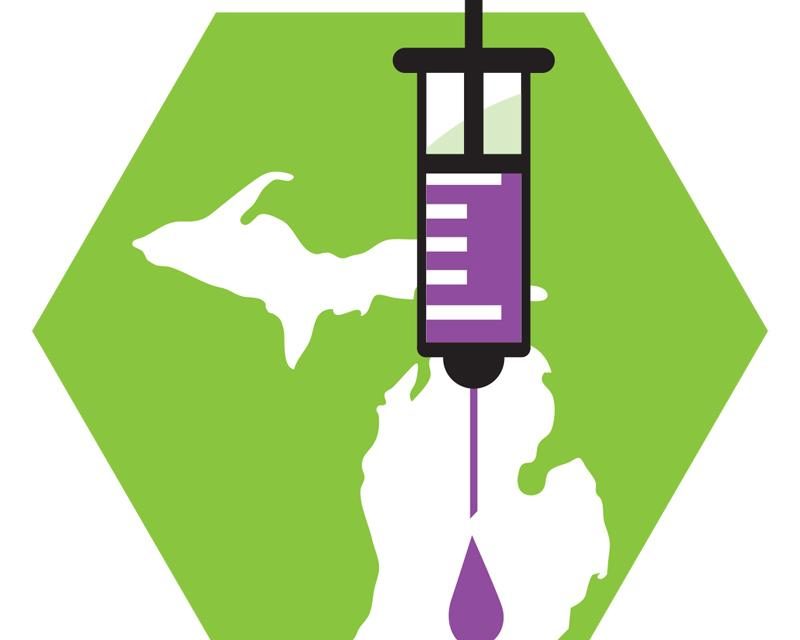Michigan’s Covid-19 vaccine lottery wasn’t a shot in the arm for the state’s faltering vaccination rate. One of the first winners did say the drawing induced her to finally get the shot, but in July, BridgeMI.com reported that only about 5,000 people a day were being vaccinated–no more than before the lottery was announced, and a fraction of the 46,000 per day in April.
Washtenaw County Health Department spokesperson Susan Ringler-Cerniglia emails that the local results are mixed at best. “Our outreach staff said they haven’t seen people seeking vaccination yet because of the lottery,” she writes, “but several coming to the community RV clinics were happy to hear about it. And, unfortunately, several more skeptical folks said it gave them more doubts.”
Most Ann Arborites didn’t need much convincing–when the Observer’s e-newsletter, a2view, surveyed readers in March, just one of forty-one respondents reported no desire to get the shot. At the time, vaccine supply had not yet caught up with demand, and respondents described spending hours calling pharmacies and checking websites, then driving all over Lower Michigan and into Ohio to get vaccinated.
That paid off: in a map on the WCHD website, most of the city is painted in shades of deep green, indicating vaccination rates in excess of 70 or even 80 percent. And overall, the county looks well protected: 68 percent of residents sixteen and older had received at least one dose by mid July–close to the state’s August goal of 70 percent and well above the 62 percent vaccinated statewide.
Pink blotches around U-M and EMU suggest very low rates there, though Ringler-Cerniglia says that’s less worrisome than it looks, because data in campus areas are less reliable. But a census tract west of S. Maple also shows a rate under 60 percent, as do larger areas to the east in Pittsfield Township, Ypsilanti, and Ypsi Township, and to the west around Manchester.
They’re now priorities for WCHD’s on-the-ground vaccination drive–it’s acquired an RV to send vaccinators to churches, community centers, and mobile home parks. “[W]e’ve shifted from large/high volume clinics to smaller, more targeted ones,” Ringler-Cerniglia explains. “We’ve also added community health workers and vaccine ambassadors to support outreach efforts and answer community members’ questions.”
With the more contagious Delta variant spreading fast, Bridge noted, state public health officials fear that the state may face yet another Covid surge among the unvaccinated.
“We’re definitely worried about the impact of the virus on unvaccinated people,” Ringler-Cerniglia writes. “Our local hospitalizations have been among unvaccinated people too”–of twenty people hospitalized with Covid in June, sixteen were unvaccinated.
A June AP article documented an even starker disparity in fatalities: of the 18,000 Americans who died of Covid in May, 99 percent were unvaccinated.
